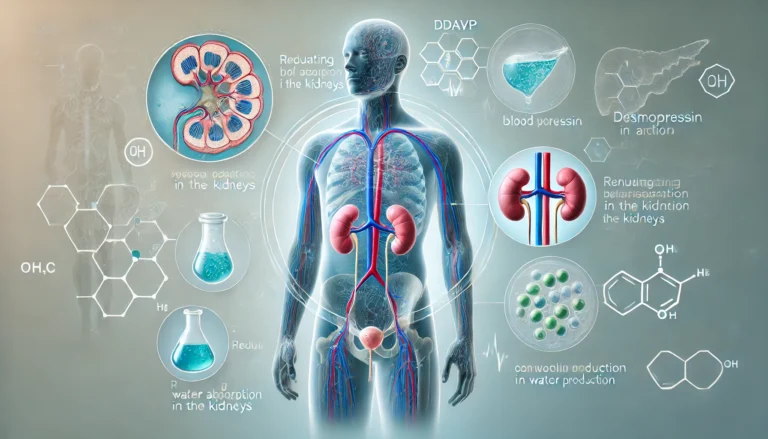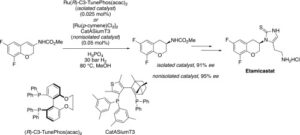Have you ever wondered what makes up the food we eat, the medicine we take, and even the things our bodies do? One important piece of this puzzle is a special kind of sugar called β-D-2-phosphoxylofuranose. This molecule is a type of carbohydrate, which means it provides energy and plays a vital role in many biological processes. In this article, we will explore what β-D-2-phosphoxylofuranose is, where it is found, and why it matters to us in an easy way that everyone can understand.
What is β-D-2-Phosphoxylofuranose?
β-D-2-phosphoxylofuranose is a specific sugar molecule made up of carbon, hydrogen, and oxygen atoms. Imagine this molecule as a little building block that our bodies use to create energy. It belongs to a family of sugars called pentoses, which are made of five carbon atoms. This sugar is special because it has a phosphate group attached to it, which helps it do various important jobs in our cells.
To visualize this, think of β-D-2-phosphoxylofuranose as a tiny Lego piece. Each Lego piece has a unique shape and color, just like this sugar molecule has a specific structure that helps it fit into the biological systems in our body. The phosphate group acts like a special tag, allowing the sugar to interact with other molecules effectively.
The Role of Sugars in Our Body
Sugars like β-D-2-phosphoxylofuranose play many crucial roles in our bodies. They are not just for making things sweet! Our bodies break down sugars to release energy. This energy is what helps us run, play, think, and even sleep. Without sugars, we would feel tired and weak. So, the next time you eat a piece of fruit or a candy bar, remember that it provides you with energy to do all the fun things you love!
Where Can We Find β-D-2-Phosphoxylofuranose?
You might be curious about where β-D-2-phosphoxylofuranose is found. This molecule is not something you would typically find in your everyday food. Instead, it is often used in scientific research and is part of certain metabolic pathways in living organisms. Scientists study it because it helps us understand how sugars are used in the body.
In nature, you can find similar sugar molecules in fruits, vegetables, and even some bacteria. These organisms use sugars to grow and thrive, just like we do! By studying these sugars, researchers can learn more about how life works on a fundamental level.
Why is β-D-2-Phosphoxylofuranose Important?
The importance of β-D-2-phosphoxylofuranose goes beyond just being a sugar. It plays a critical role in various biochemical processes. For example, it helps in the synthesis of nucleotides, which are the building blocks of DNA and RNA. Without nucleotides, we wouldn’t have the genetic instructions that tell our cells how to function.
Additionally, β-D-2-phosphoxylofuranose is involved in cellular signaling, which means it helps cells communicate with each other. This is essential for our bodies to work correctly, as it ensures that different parts of our body know what to do and when to do it.
How Do We Use β-D-2-Phosphoxylofuranose in Research?
Researchers are always looking for ways to understand more about how our bodies work. One of the ways they do this is by studying β-D-2-phosphoxylofuranose. They use advanced techniques in laboratories to explore how this sugar interacts with other molecules and how it affects different biological processes.
For instance, scientists might want to know how β-D-2-phosphoxylofuranose helps in the formation of DNA. By understanding this process, they can learn more about genetic diseases and develop new treatments. Research on this sugar can lead to exciting discoveries that improve our health and well-being.
The Future of β-D-2-Phosphoxylofuranose Research
As scientists continue to study β-D-2-phosphoxylofuranose, they are discovering even more fascinating things about it. For example, they are investigating its potential uses in medicine. Some researchers believe that this sugar might help develop new drugs or therapies for various diseases, including cancer and diabetes.
Imagine if β-D-2-phosphoxylofuranose could be used to create a new medicine that helps people with these illnesses. That would be amazing, right? The future of research on this sugar holds great promise, and we can expect to see new developments in the years to come.
Conclusion
In summary, β-D-2-phosphoxylofuranose is a unique and important sugar molecule that plays a significant role in our bodies and the scientific world. It helps provide energy, supports the formation of DNA, and aids in cellular communication. Although you may not find it in your kitchen, its impact on health and science is enormous.
As researchers continue to explore this fascinating molecule, we can look forward to learning more about how sugars like β-D-2-phosphoxylofuranose shape our lives and contribute to our understanding of biology. So, the next time you hear about this sugar, remember all the amazing things it does behind the scenes!













